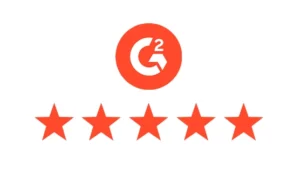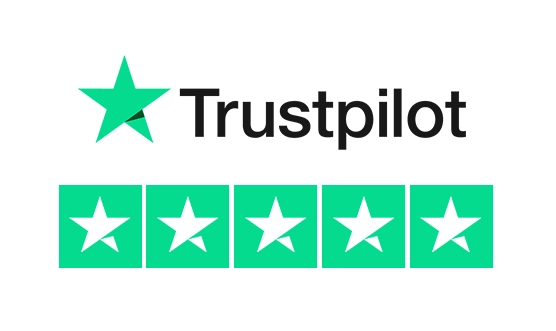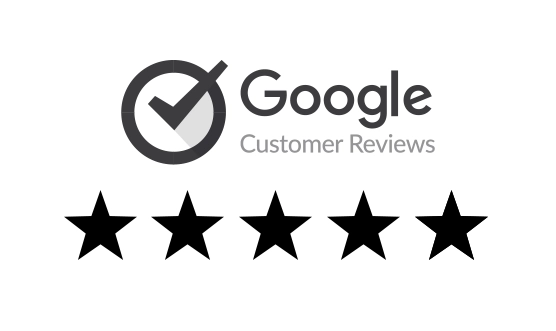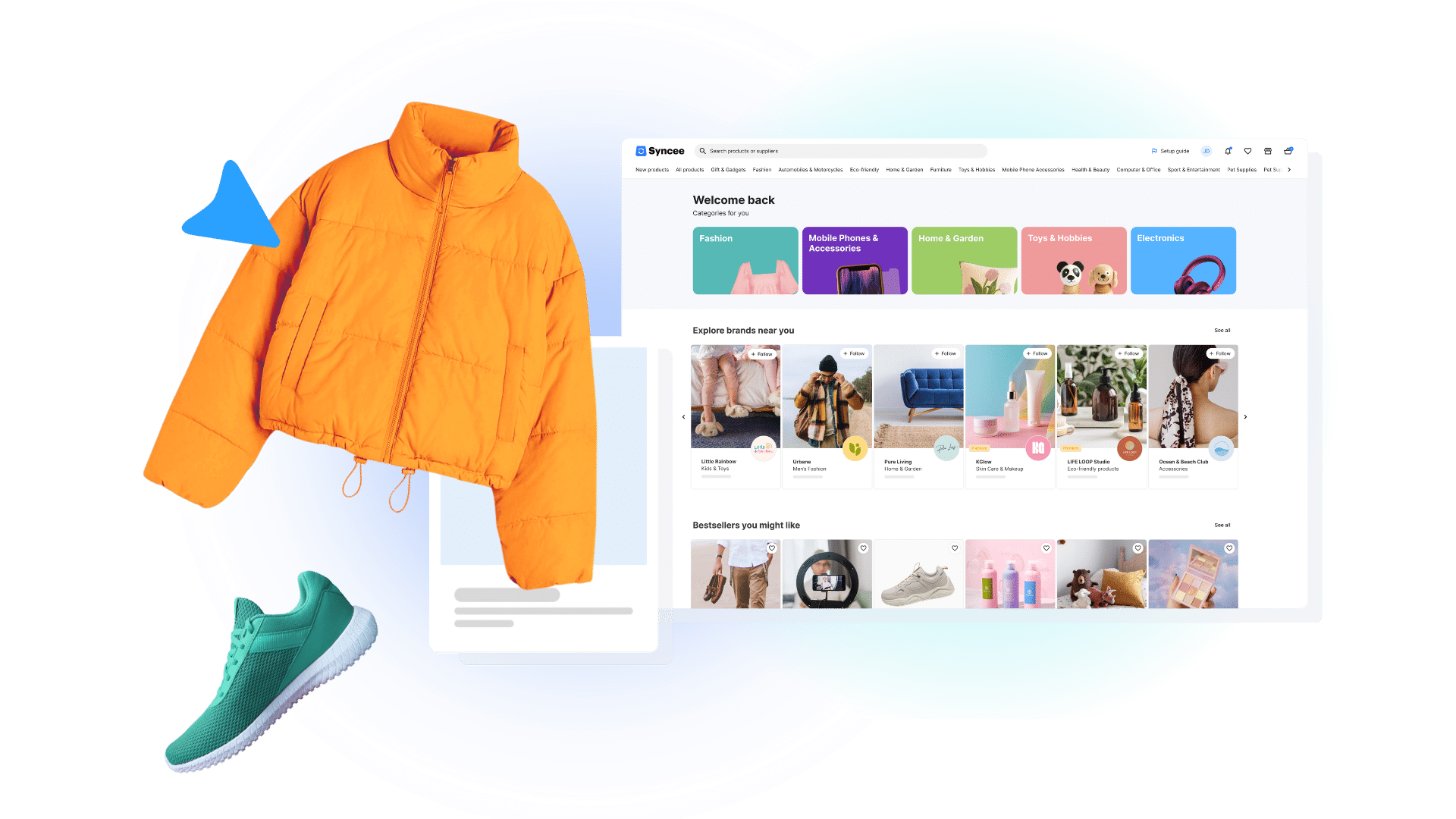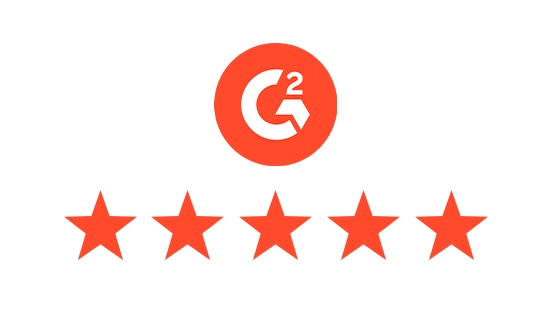Having your online Shopify store in multiple languages is worth considering, it can have several benefits, such as increasing your potential customer base.
To avoid misunderstandings, it’s important to start this article with the fact that basically, you are not able to create your Shopify store in multiple languages – with ease. Shopify doesn’t offer this option in its settings. Natively this e-commerce platform supports only one language per store. You have to take a glance at other additional solutions.
There are many ways how you can make your store multilingual, we will talk about it hereinafter and you can also get to know why it is worth the effort otherwise.
Why is it important to have a multi-language online store?
You might think that it’s enough to have your online Shopify store in your own language – let’s suppose, for instance, that the shop is not English. The reason might be that you think you can only work and maintain delivery in your own location and that people won’t order from you from foreign countries anyway. However, when you establish your store you need to define who is your target audience, but you can also expand it later when making changes in the structure of your business. Even if you have your store in English, you better offer an opportunity to set the site to another language. It’s good to have versions in the most commonly spoken languages like English, German, French, Spanish, the others depend on your location and needs. If you have an online store in a certain language, you may have to consider the fact that probably the customer who sets the site in that other language is living in a relating country. You have to make sure you can send them products; so be aware where your supplier’s location is and where it ships. Having an English version of your online store is the most important, especially if it is the number one, basic language of the site.
The most important advantage is that you can increase your traffic and even your sales by making your online store multilingual. Imagine. If you are, for instance, looking for quality and cool sunglasses, you won’t order the product from an online store that is in a language you can’t speak at all, no matter how pretty those accessories are. However, if you can read the site in a language you speak – and it’s not done by automatic Google Translate –, moreover, the service seems to be of quality and is responsible, you won’t have doubts. You will order from there. Well, other people think the same as you.
With a multilingual e-commerce business, you are able to increase your potential customer base, the market you work for. If you want your store to be seen, you have to do marketing right for each (sub)domain – if this is the way you can manage the shop in more languages. Targeted ads are important to be set well, you have to make them to be shown to people living in that certain locations like Germany, France, Italy and so on.
Also, in the case when you have different (sub)domains for each language, you can change what you are selling, highlighting each country. You always have to be aware what is the demand like in each geographical location, it’s never the same.
Why wouldn’t you create your Shopify store in multiple versions? The aim of every merchant is to increase their sales, and it’s quite an obvious option. Even if in the beginning you won’t feel the effect that much, with the passing of time and by marketing well, it will worth the effort. Probably if you see an online store that is available in more languages, you might feel the site, business is more professional.
How can you have your Shopify store in more languages?
Let’s take a look at three plus one methods you can consider when you want to have your online store in more languages.
1. Have more (sub)domains
Well, you can already read about this option above as I gave some examples of this solution. As for Shopify gurus and for us, it is one of the best what you can do if you want to have a multilingual e-commerce store. If you have more stores in different languages, it’s easier to target the audience – as both for the marketing and for the content –, and it’s favorable for customers too.
You can use subdomains of your main domain, so it would look like as the given example shows (without spaces): strawberry. com – de.strawberry. com – es.strawberry. com. Additionally, you can create different dedicated domains for each language you want. For instance: strawberry. com – erdbeeren. com – fragola. com. These methods are different from each other, you have to maintain things in a slightly desperate way.
How many registrations you have to make on Shopify? As many registrations as many (sub)domains you have.
The downside of this method is that you may have to maintain marketing for each site by certain languages because it’s not obvious that all people will find the German version of your business on your landing page. There’s the chance for them to find that version basically on Google or on any social media platforms. However, it’s still favorable to go with different sites with different content.
In order to have a Shopify account and site for each country or languag,e you would want to is the only way to create a fully functioning country-specific site, you can change what you are selling in each location, and it gives you more flexibility. And do not forget about the payment options and currency.
For more information about having (sub)domains hit Shopify up on their site, ask for help from the support team. Ask them whether they can offer discounts or no.
2. Use a Shopify language application
It’s not possible to have a setting in your Shopify store to set it to another language on one page, the platform supports only one language per store. You have to think about what would be the perfect solution for you. You either create more sites as it is in the first point or reach for help towards an app, a service or an IT speicalist to do the translation. It can be an easy way to pick a software from the Shopify App Store. There are quite a few available software that does this job. If you want to offer your online store in multiple languages and you want to use an application for this, you have to find out if any of those suits your needs.
Some apps also allow you to separate your languages by (sub)domains which allow Google to crawl the translations. However, this language app solution also has a downside, because no matter what, the search engines will only index the main, default version of the site, in the respective language. Another con is that you can have checkout problems, because, at the final steps, everything will be in its default version. If it’s not about having (sub)domains due to a language app – and by the way, the next one is probably more common –, some applications let you keep your one store and just change the language for different users. Nonetheless, it a good option only in the case if you don’t need added customizability to the storefronts in the other languages. In that case, multiple stores would be the option to take.
3. Use Google Translate
Use or do not use. It’s your choice. Nevertheless, using Google Translate to translate your online store can seem to be handy and easy but to be honest, it’s far from the best solution category. Okay, Google is your friend as so Google Translate, but if you have ever used this, you know that it’s not working properly, it has anomalies and wrong translations. Because of these, your store can seem to be unprofessional. There are applications that use this Google service to maintain the process, and if you are skillful, you can do it manually.
+1 Ask help from a friend who’s into IT and has programming skills to find a solution
You can find a lot of hints to create a multi-language store on the internet. You can try to manage processes on your own but you have to know the IT knowledge needed for this, and you can’t be sure that everything will be neat and carefree. You can find a lot of hints how to do these translation steps but you have to try to do it in the easiest and safest way. Probably it’s not the best choice to experiment a lot with these things, but I just mentioned it so that you can know what solutions you have to have your online store in more languages.
Well, if you have a lot of time, you can translate the site and product descriptions manually on your own but probably that also wouldn’t worth that much effort and you can still have a struggle with the processes and data managing.
When and why choose any of these solutions? It has to be your decision. Everything has pros and cons, also don’t forget about the prices, but you have to make sure that your system will be okay whatever you do.
What if you have a multilingual online Shopify store with more (sub)domains and you still want to use the Syncee application?
You have to install Syncee more times, as many Shopify domains you have. You have to pay for as many plans as many online stores you have.
If one domain is available in more languages, Syncee will not recognize it. It will upload the products with the data given int he source file. However, if you have a different source file and domain for each language, you just need to add them to Syncee, and it will do the upload for you.
What is Syncee? Syncee is a B2B platform for dropshippers, retailers and suppliers. It provides two main solutions, the Syncee Marketplace and the Syncee DataFeed Manager. On Syncee Marketplace you can find millions of products from suppliers from all over the world. Uploading these items into your online store is simple, as we made every technical settings for you in advance. Syncee DataFeed Manager allows you to bring your own supplier’s product datafeed file in any formats like CSV, XML, XLS(X), JSON or TXT. Syncee provices product data uploads and updates automatically in each of its solutions.
What about a multi-currency online store?
In short, it’s almost the same story as it is with having a multilingual online Shopify store. You have two simple options: use a currency (converter) Shopify app, or have as many (sub)domains as many currencies you want people to use. However, you can face problems when using an app but for as much as a lot of merchants use apps, these have important benefits too. If you have more (sub)domains, you will have to build each store from the beginning and make the necessary changes as for the geographical and cultural differences. Concerning most of the apps, they allow you to show the currency in another format, but it will be changed back to your default one at the checkout level which might be a bit confusing to customers, but maybe you can write there a short message not to worry, or just accept this fact, it’s not too disadvantageous. So, if you want your store to have more currencies so that it can be more comfortable to buyers, you can do it.



